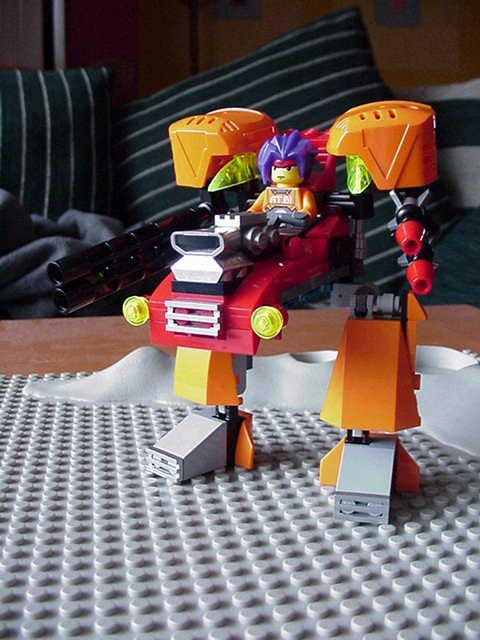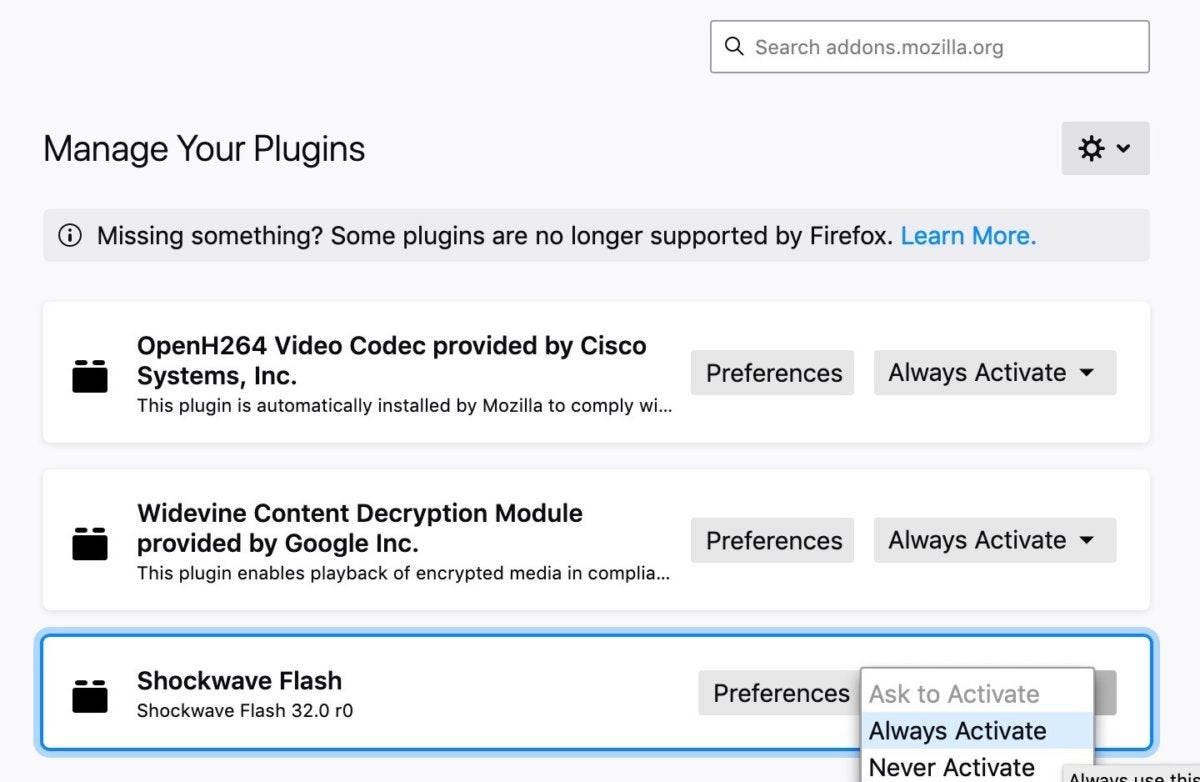

- #Authorize flash for chrome registration
- #Authorize flash for chrome software
If you are using a developer signed RMA shim, the boot process is the same as booting from a test image. Note: The following instructions only work for a Google signed RMA shim. $ setup/image_tool rma create \įlash the rma_image.bin to a USB drive, boot it with developer switch enabled in recovery mode (see following steps), and then the device will boot from the RMA shim. We can also specify the active test list when creating the RMA shim, so that we don't need to modify active_test_list.json in factory toolkit. The command can be simplified if all the components are put in their respective bundle directories ( release_image/, test_image/, etc.): $ setup/image_tool rma create \ release_image path/to/chromiumos_image.bin \ test_image path/to/chromiumos_test_image.bin \ factory_shim path/to/factory_install_shim.bin \ To create an RMA shim image from a factory bundle, use image_tool rma create command: $ setup/image_tool rma create \
 Make sure the firmware write protection is enabled (which should be true if constants.phase is set to PVT).Ĭombine factory bundle components into an RMA shim imageĪfter getting all the bundle components ready, we can combine these components into a single RMA shim image. Do not modify or remove any GRT (Google Required Test) items. Discuss with the OEM to finalize test items for the RMA process.
Make sure the firmware write protection is enabled (which should be true if constants.phase is set to PVT).Ĭombine factory bundle components into an RMA shim imageĪfter getting all the bundle components ready, we can combine these components into a single RMA shim image. Do not modify or remove any GRT (Google Required Test) items. Discuss with the OEM to finalize test items for the RMA process. #Authorize flash for chrome registration
Verify that all spare mainboards have a registration code that was burned into RW_VPD during the factory process before sending the boards to service centers. Verify that all spare mainboards used in service centers complete SMT tests. For example, reduce the duration of the stress test from 4 hours to 10 minutes. In general, run all factory tests (runin and fatp) in the service centers with reduced test cycles. The recommended way is to create a test list that inherits generic_rma.test_list.json, which already takes care of general RMA settings such as disabling factory server and enabling rma_mode, and then add factory tests to RMAFFT group. Hence, we need another test list for RMA. For instance, there is no factory server during RMA. RMA test list is different from the test list used in factory manufacture line. To create an RMA shim, you should first get a factory bundle and follow the steps below. The tool should be able to run in a fresh Linux environment without chroot. (in factory/ repository)Īfter downloading the factory repo, we can run the unit test for RMA commands to check if it runs normally on the machine. It's recommended to sync the git repo periodically to get the latest version. We can get this tool by downloading the factory public repo. Image_tool is a useful tool to manage RMA shims. Each board in a shim takes about 3 GB, so a universal shim containing 3 boards will have size 9~10 GB. The size of a universal shim can be large. A universal shim contains multiple RMA shims for different boards, which is easier to manage and distribute. Universal RMA shim (Multi-board RMA shim)Ī problem for regular (single-board) RMA shims is that we have to create separate per-board RMA shims for each project, which makes it hard to manage shim images and physical USB drives. Other optional components (firmware, complete script, etc.). An RMA shim image is a combination of existing Chrome OS factory bundle components, all combined into one disk, including: The RMA shim image is designed to meet these requirements. The tool can run the partner’s customized tool programs to check and verify components, very similar to the way the factory process works. 
An operator can boot the device by turning on the developer mode, attaching a USB stick and invoking recovery mode. In general, what the partner needs is a tool that fulfills these requirements: Service centers may also have limited (or even no) network access. With verified boot and write protection, it’s difficult for the service center to run diagnosis and repair programs (usually built and customized by partners) because those won’t be signed by Google. For Chromebooks, that means the service center may need to disable write protection and change the HWID to match the new configuration.
#Authorize flash for chrome software
The service center may swap components and reinstall the firmware and/or software image. When there’s a problem that the end user cannot solve, the user returns the device to the partner’s service center for diagnosis and repair. RMA stands for Return Merchandise Authorization.
Unpack and repack toolkit in an RMA shim. 
Extract a single-board RMA shim from a universal shim.Replace bundle components in an RMA shim.Boot from RMA shim (tablets / detachables).Boot from RMA shim (clamshells / convertibles).Combine factory bundle components into an RMA shim image.Adjust RMA test list in factory toolkit.Universal RMA shim (Multi-board RMA shim).








 0 kommentar(er)
0 kommentar(er)
